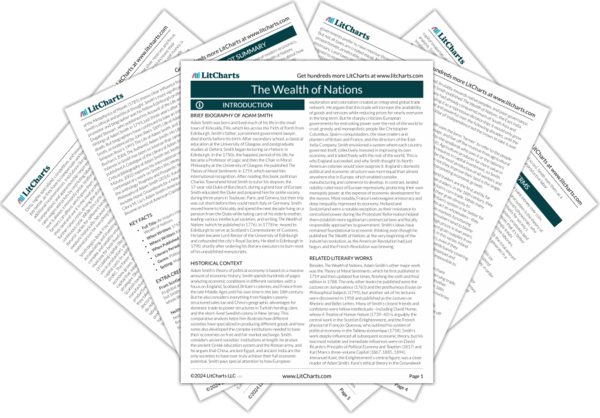Nominal Price Quotes in The Wealth of Nations
In the course of a century or two, it is possible that new mines may be discovered, more fertile than any that have ever yet been known; and it is just equally possible, that the most fertile mine then known may be more barren than any that was wrought before the discovery of the mines of America. Whether the one or the other of those two events may happen to take place, is of very little importance to the real wealth and prosperity of the world, to the real value of the annual produce of the land and labour of mankind. Its nominal value, the quantity of gold and silver by which this annual produce could be expressed or represented, would, no doubt, be very different; but its real value, the real quantity of labour which it could purchase or command, would be precisely the same.
The nature of things has stamped upon corn a real value, which cannot be altered by merely altering its money price. No bounty upon exportation, no monopoly of the home market, can raise that value. The freest competition cannot lower it, Through the world in general, that value is equal to the quantity of labour which it can maintain, and in every particular place it is equal to the quantity of labour which it can maintain in the way, whether liberal, moderate, or scanty, in which labour is commonly maintained in that place. Woollen or linen cloth are not the regulating commodities by which the real value of all other commodities must be finally measured and determined; corn is. The real value of every other commodity is finally measured and determined by the proportion which its average money price bears to the average money price of corn.












